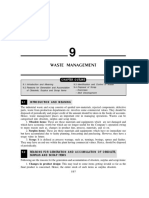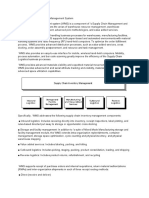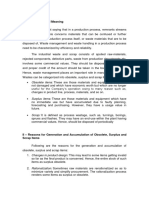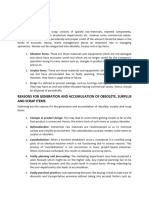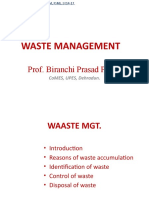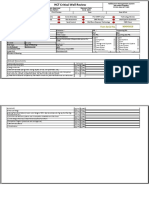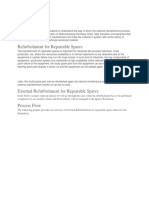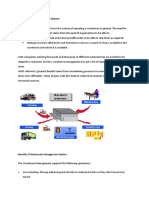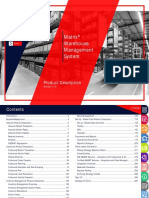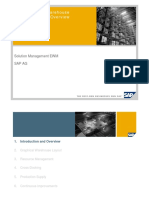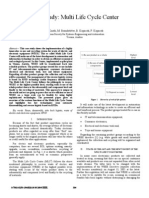0% found this document useful (0 votes)
351 views2 pagesScrapping Process in EWM
The scrapping process in EWM allows for the identification and disposal of goods stored in various warehouse types, primarily triggered by expired shelf life or damaged items. The system automates the creation of warehouse orders and tasks to facilitate the movement of items to the scrapping zone, with options for manual or scheduled financial postings. This process is flexible, supports all storage types, and is integrated with SAP ERP for financial documentation.
Uploaded by
annapureddy.nCopyright
© © All Rights Reserved
We take content rights seriously. If you suspect this is your content, claim it here.
Available Formats
Download as DOCX, PDF, TXT or read online on Scribd
0% found this document useful (0 votes)
351 views2 pagesScrapping Process in EWM
The scrapping process in EWM allows for the identification and disposal of goods stored in various warehouse types, primarily triggered by expired shelf life or damaged items. The system automates the creation of warehouse orders and tasks to facilitate the movement of items to the scrapping zone, with options for manual or scheduled financial postings. This process is flexible, supports all storage types, and is integrated with SAP ERP for financial documentation.
Uploaded by
annapureddy.nCopyright
© © All Rights Reserved
We take content rights seriously. If you suspect this is your content, claim it here.
Available Formats
Download as DOCX, PDF, TXT or read online on Scribd
/ 2








